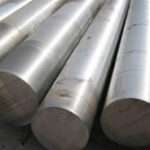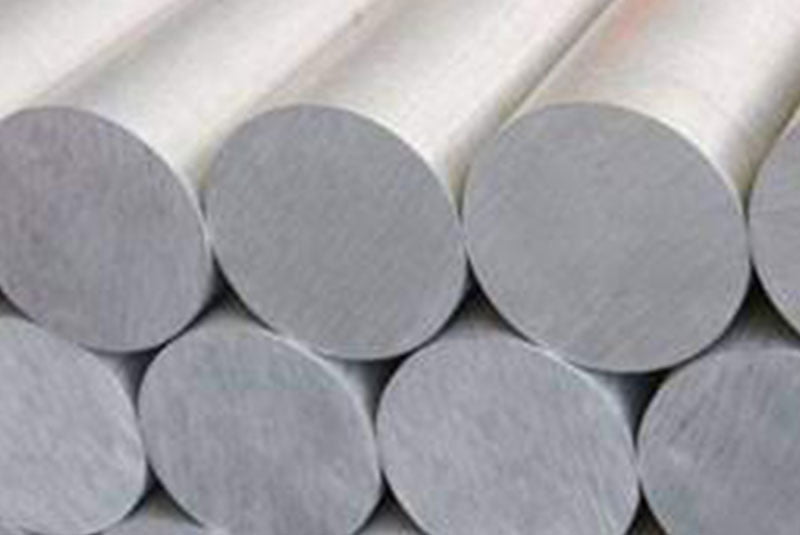Introduction

In the world of metalworking, 1018 hot rolled steel stands as a cornerstone material, prized for its versatility and durability. Understanding its properties and benefits is essential for engineers, manufacturers, and anyone working with metals. This blog delves into the intricacies of 1018 hot rolled steel, shedding light on its key characteristics and applications.
What is 1018 Hot Rolled Steel?
At its core, 1018 hot rolled steel is a low-carbon steel alloy renowned for its exceptional weldability, machinability, and formability. It derives its name from the process by which it’s manufactured—hot rolling, a method that involves shaping metal by passing it through rollers while it’s heated to high temperatures. This process imbues 1018 steel with desirable mechanical properties, making it a popular choice across various industries.
Properties of 1018 Hot Rolled Steel
1018 hot rolled steel boasts a diverse range of properties that make it highly sought after in industrial applications:
- Low Carbon Content: With a carbon content of 0.18%, this steel variant offers excellent weldability, minimizing the risk of brittleness and cracking during welding processes.
- High Tensile Strength: Despite its low carbon content, 1018 steel exhibits impressive tensile strength, making it suitable for structural applications where strength is paramount.
- Good Machinability: Thanks to its composition and manufacturing process, 1018 steel is easily machinable, allowing for precise shaping and finishing in manufacturing processes.
- Excellent Formability: Whether it’s bending, forging, or stamping, 1018 steel can be readily formed into various shapes without sacrificing its structural integrity.
- Surface Finish: The hot rolling process results in a smooth surface finish, reducing the need for additional finishing processes and enhancing the aesthetic appeal of finished products.
Applications of 1018 Hot Rolled Steel
The versatility of 1018 hot rolled steel lends itself to a multitude of applications across different industries:
- Automotive Manufacturing: From chassis components to engine parts, 1018 steel finds extensive use in the automotive sector due to its combination of strength, formability, and cost-effectiveness.
- Construction: In construction projects, 1018 steel is employed in structural beams, columns, and reinforcements, where its high tensile strength and formability ensure structural stability and durability.
- Machinery and Equipment: Manufacturers of machinery and equipment rely on 1018 steel for its machinability, allowing for the production of precision parts and components with ease.
- Tooling: The excellent weldability and formability of 1018 steel make it an ideal choice for tooling applications, including dies, punches, and molds used in metal fabrication processes.
- General Fabrication: Whether it’s in the production of brackets, frames, or panels, 1018 steel serves as a versatile material for general fabrication tasks across various industries.
1018 Hot Rolled Steel vs. Other Steel Alloys

In comparison to other steel alloys, such as 1045 or A36, 1018 hot rolled steel offers distinct advantages in certain applications:
| Property | 1018 Hot Rolled Steel | 1045 Steel | A36 Steel |
|---|---|---|---|
| Carbon Content (%) | 0.18 | 0.45 | 0.26-0.29 |
| Tensile Strength (MPa) | 440-550 | 630-850 | 400-550 |
| Machinability | Excellent | Good | Good |
| Weldability | Excellent | Fair | Excellent |
| Formability | Excellent | Fair | Good |
Conclusion
In conclusion, 1018 hot rolled steel stands as a versatile and reliable material with a wide range of applications across diverse industries. Its combination of low carbon content, high tensile strength, and excellent machinability make it a preferred choice for engineers and manufacturers seeking optimal performance and cost-effectiveness in their projects.
FAQ
Q:Is 1018 hot rolled steel suitable for welding?
A:Yes, 1018 steel exhibits excellent weldability, with minimal risk of cracking or brittleness during welding processes.
Q:What are the typical forms available for 1018 steel?
A:1018 steel is commonly available in the form of round bars, flat bars, sheets, and plates, catering to various manufacturing needs.
Q:Can 1018 hot rolled steel be heat-treated for further enhancement of its properties?
A:While 1018 steel is not typically subjected to heat treatment, it can undergo case hardening processes to improve surface hardness in specific applications.
Q:What surface finishes are achievable with 1018 hot rolled steel?
A:The hot rolling process imparts a smooth surface finish to 1018 steel, but additional finishes such as polishing or coating can be applied as needed for specific aesthetic or functional requirements.
Q:How does the cost of 1018 hot rolled steel compare to other steel alloys?
A:Generally, 1018 hot rolled steel tends to be more cost-effective compared to higher carbon steel alloys like 1045, making it a preferred choice for applications where strength requirements allow for the use of a lower-cost material.
